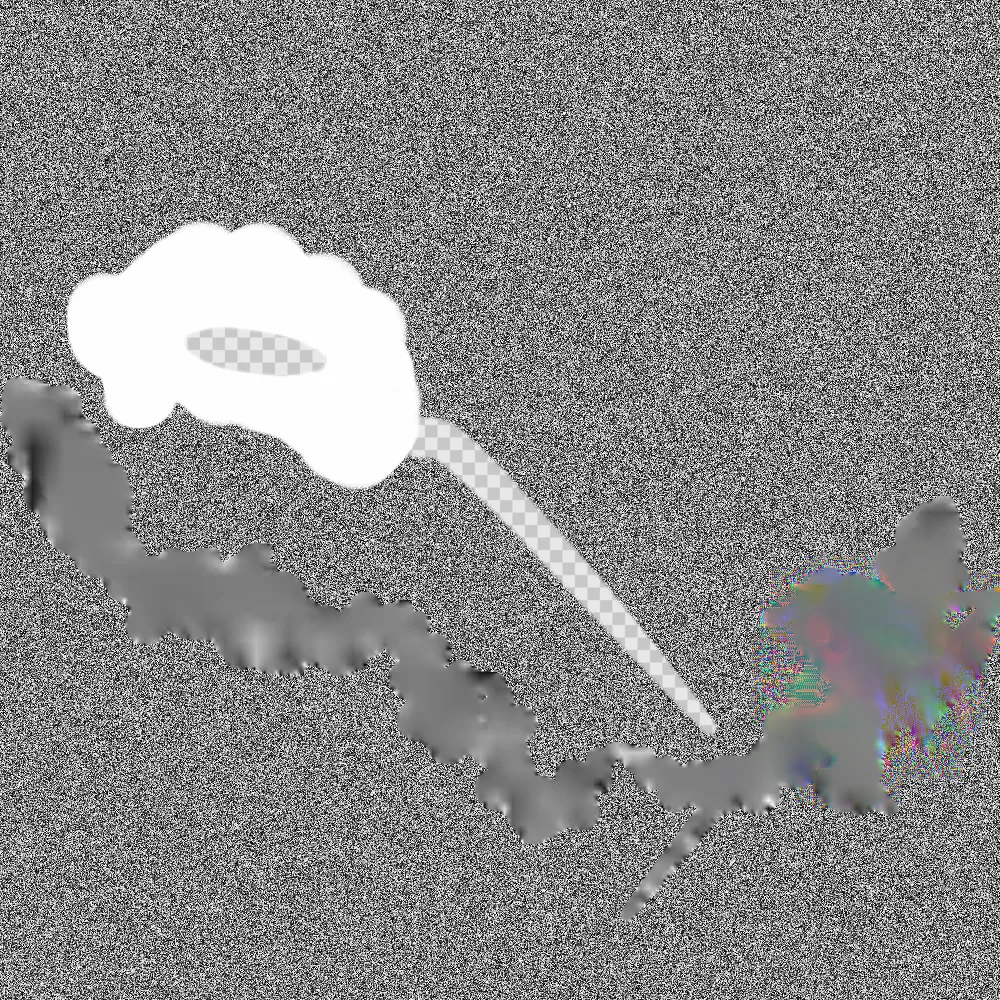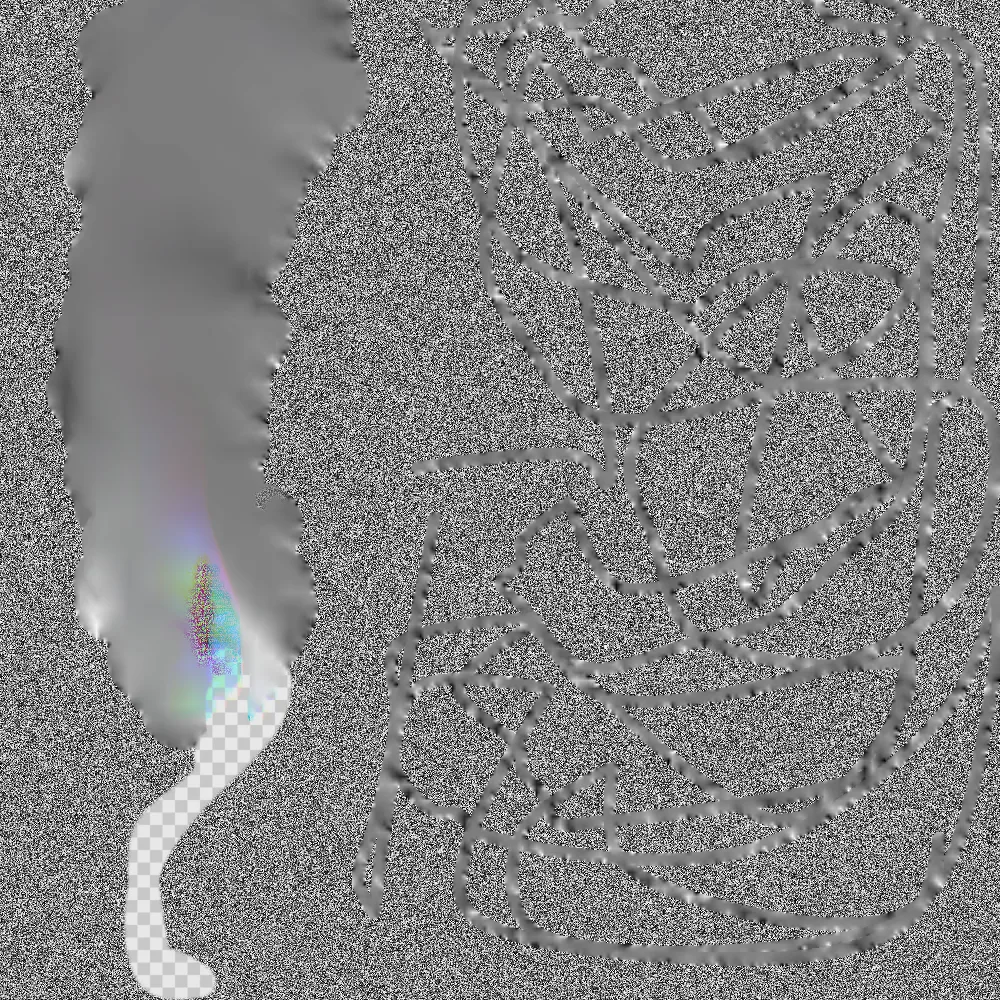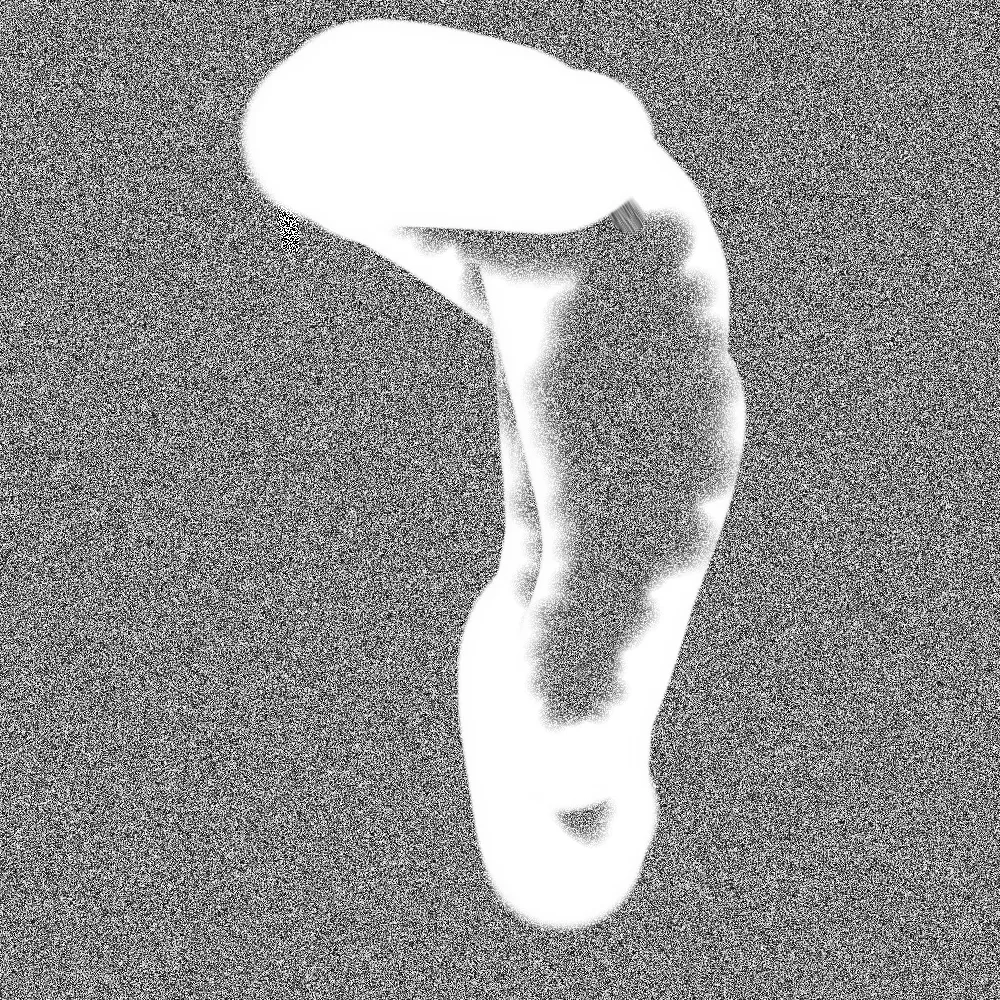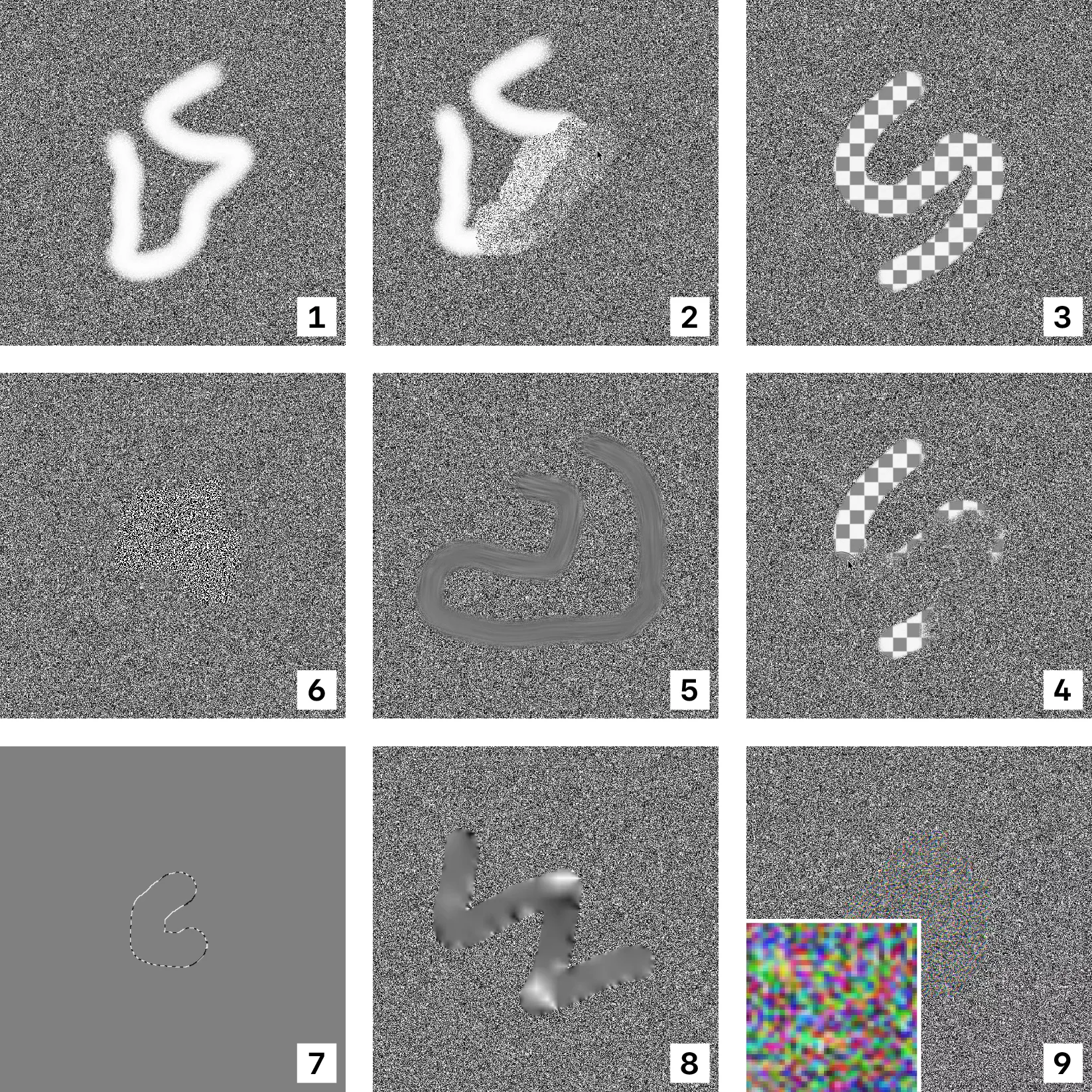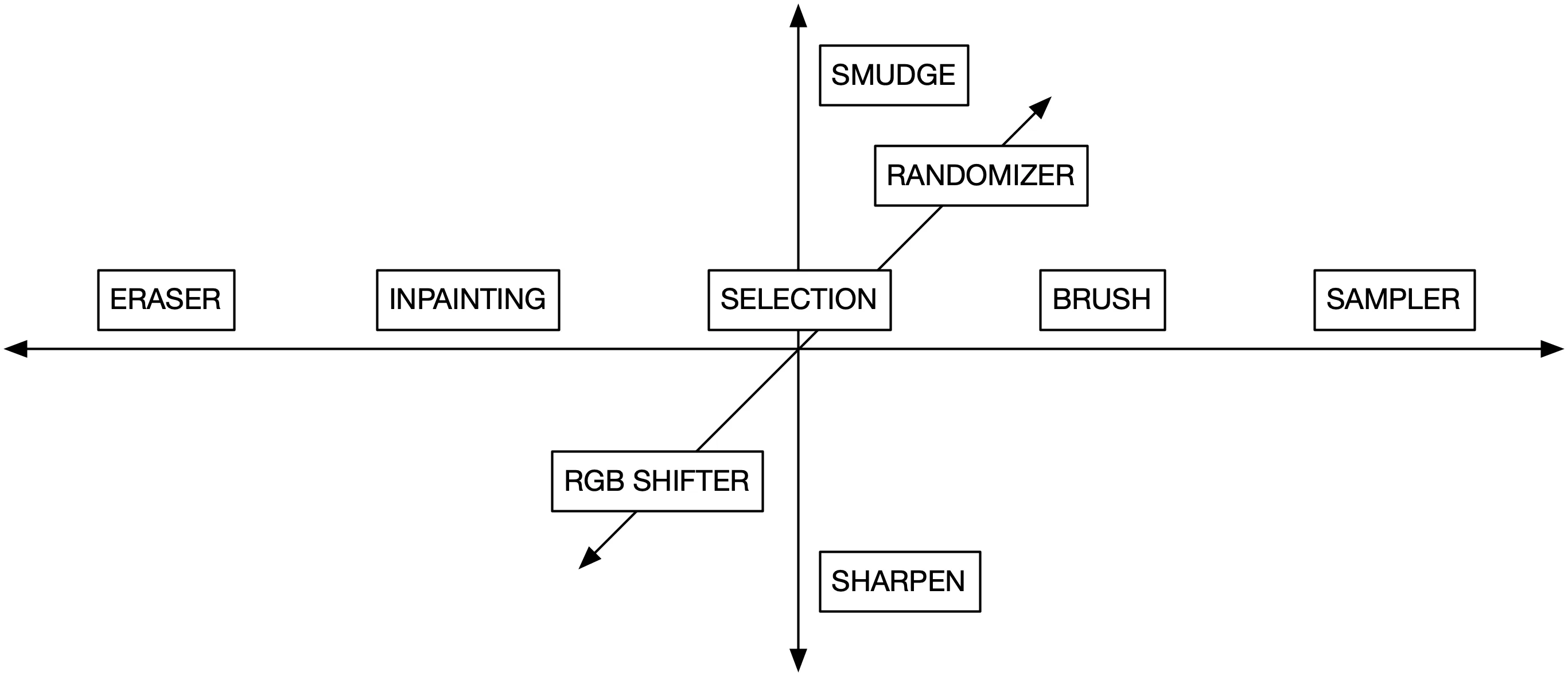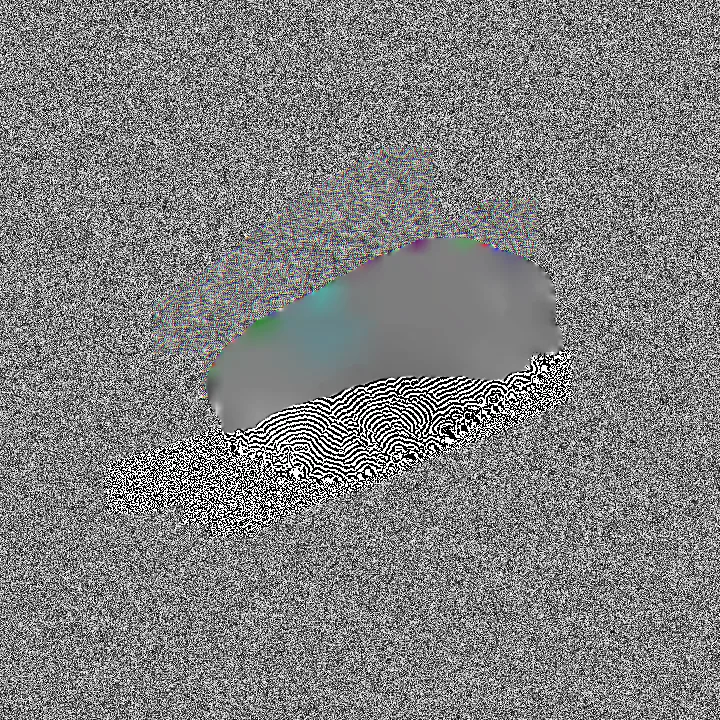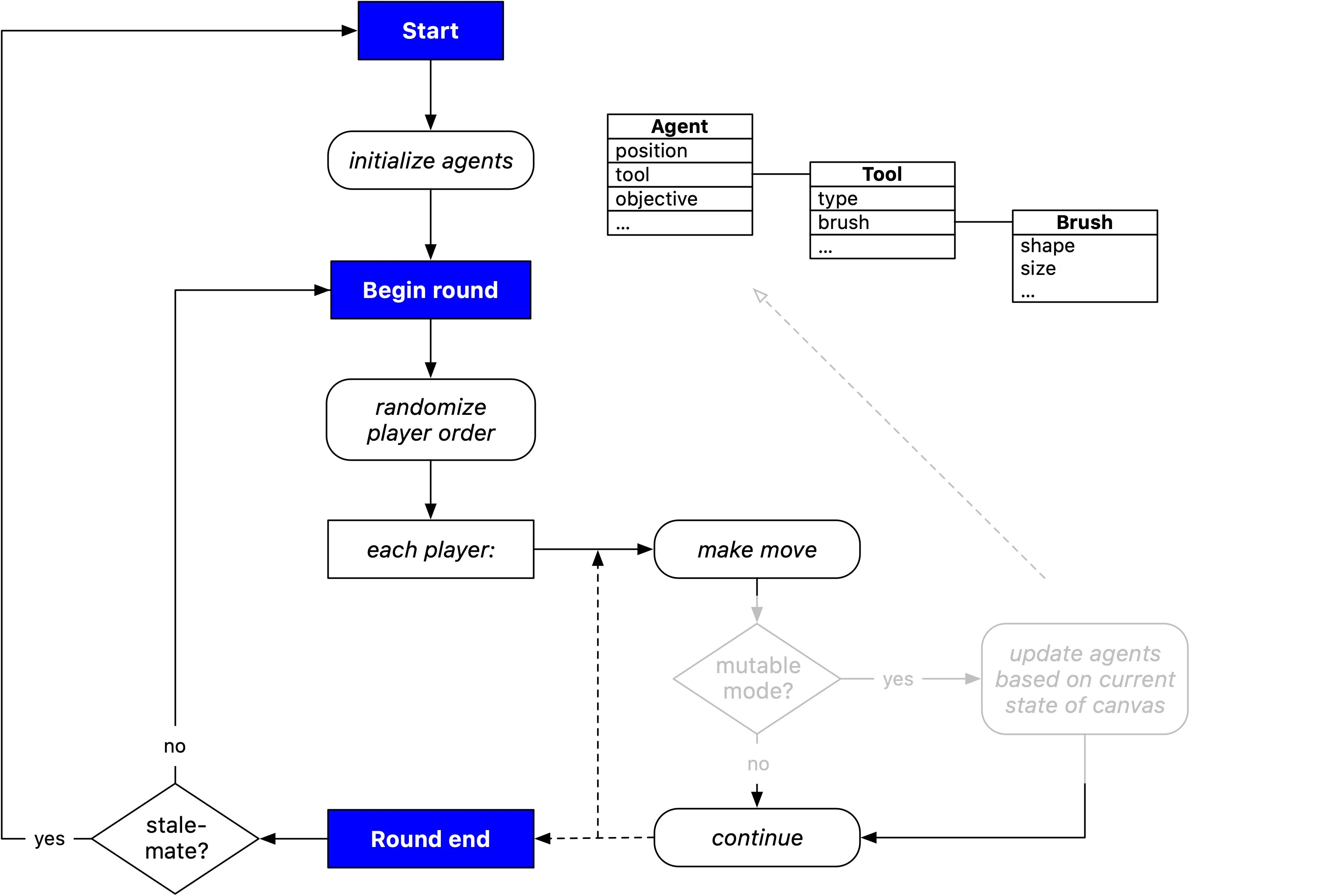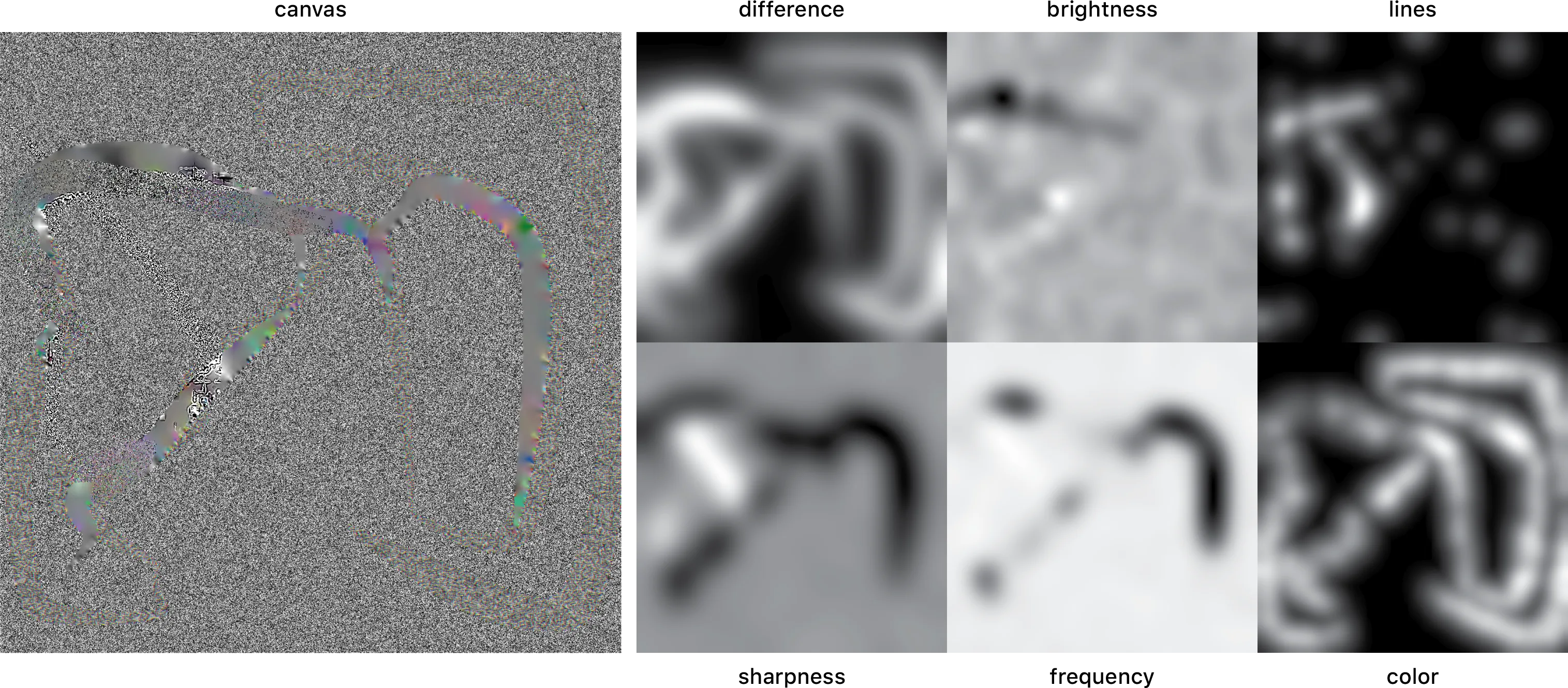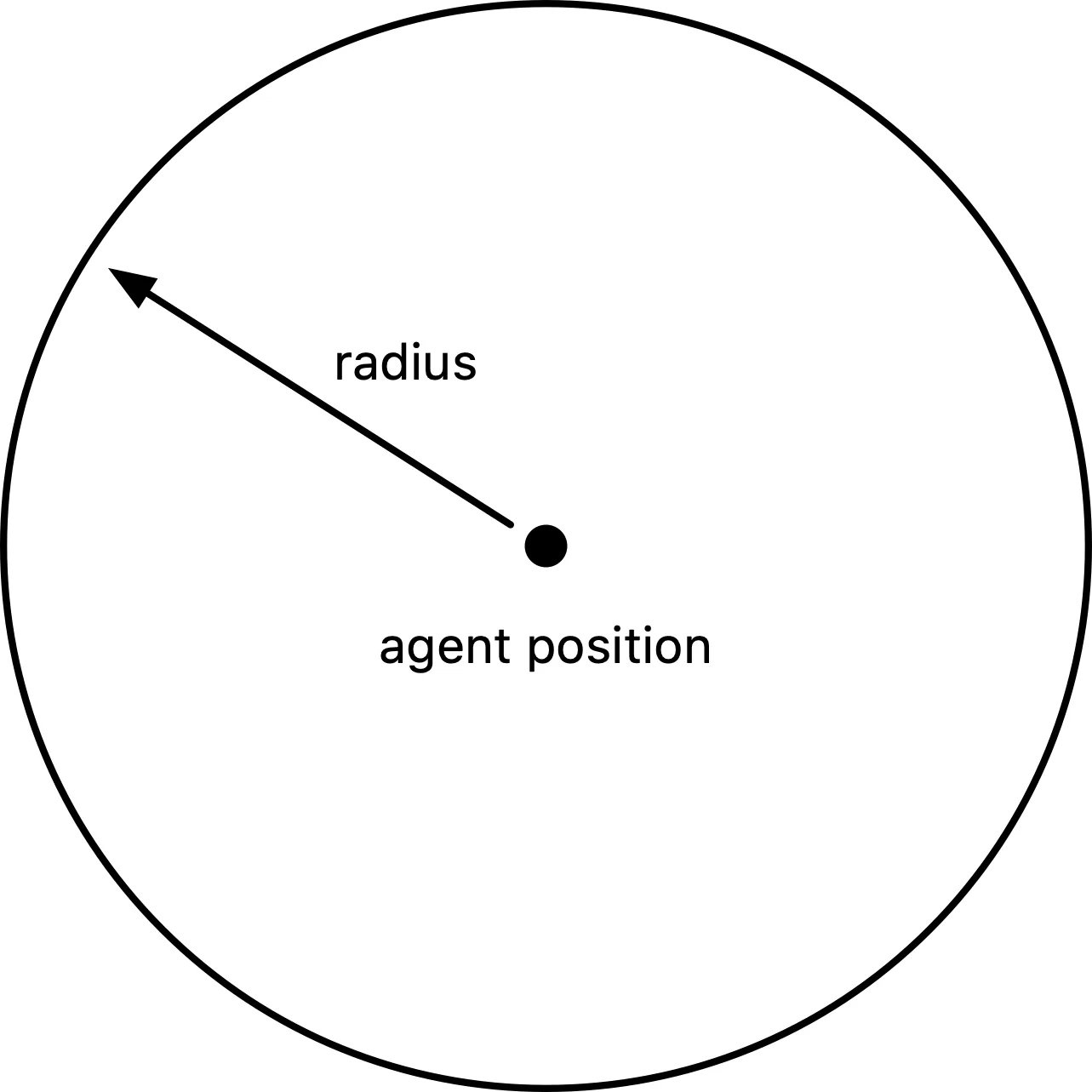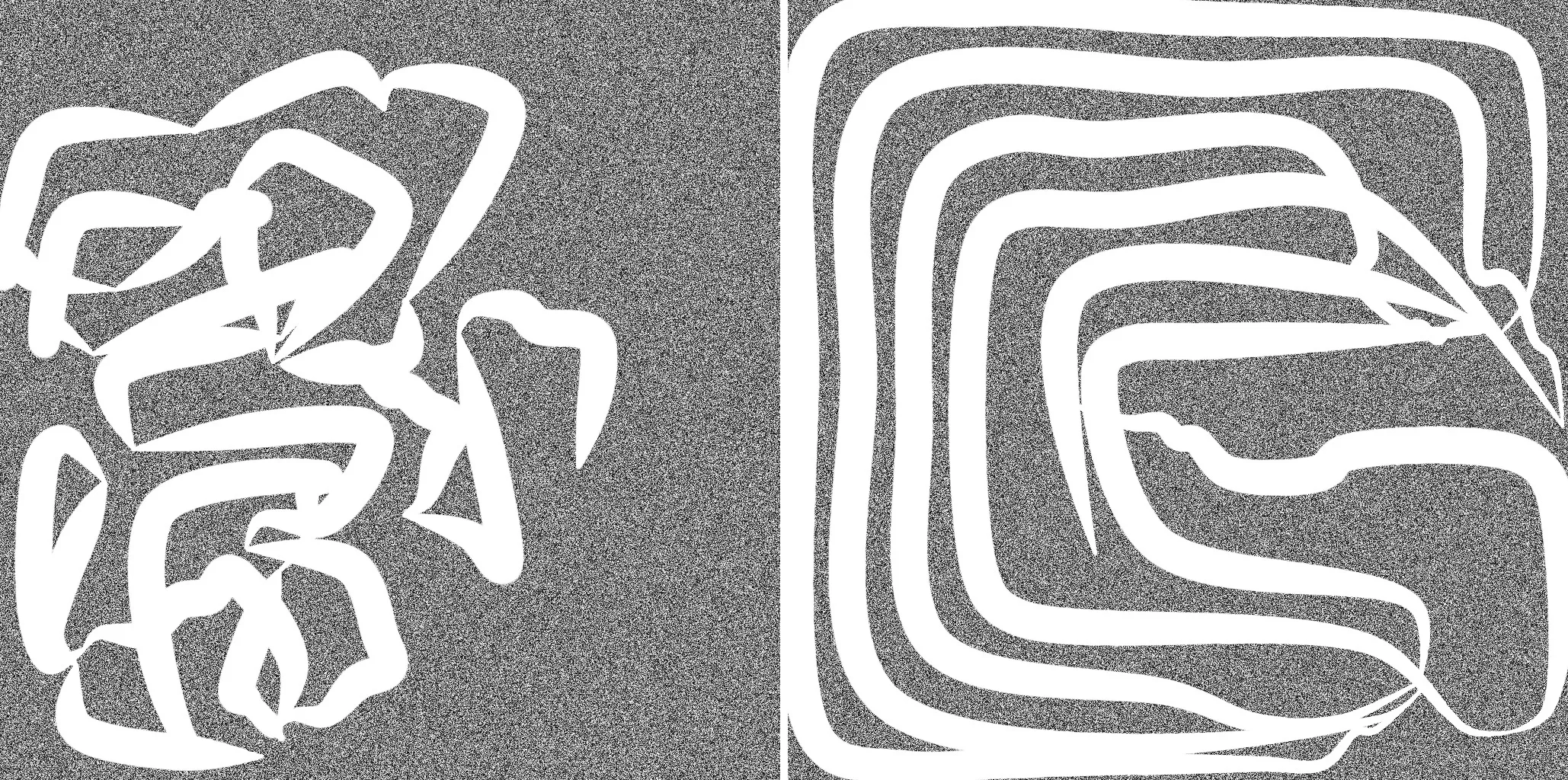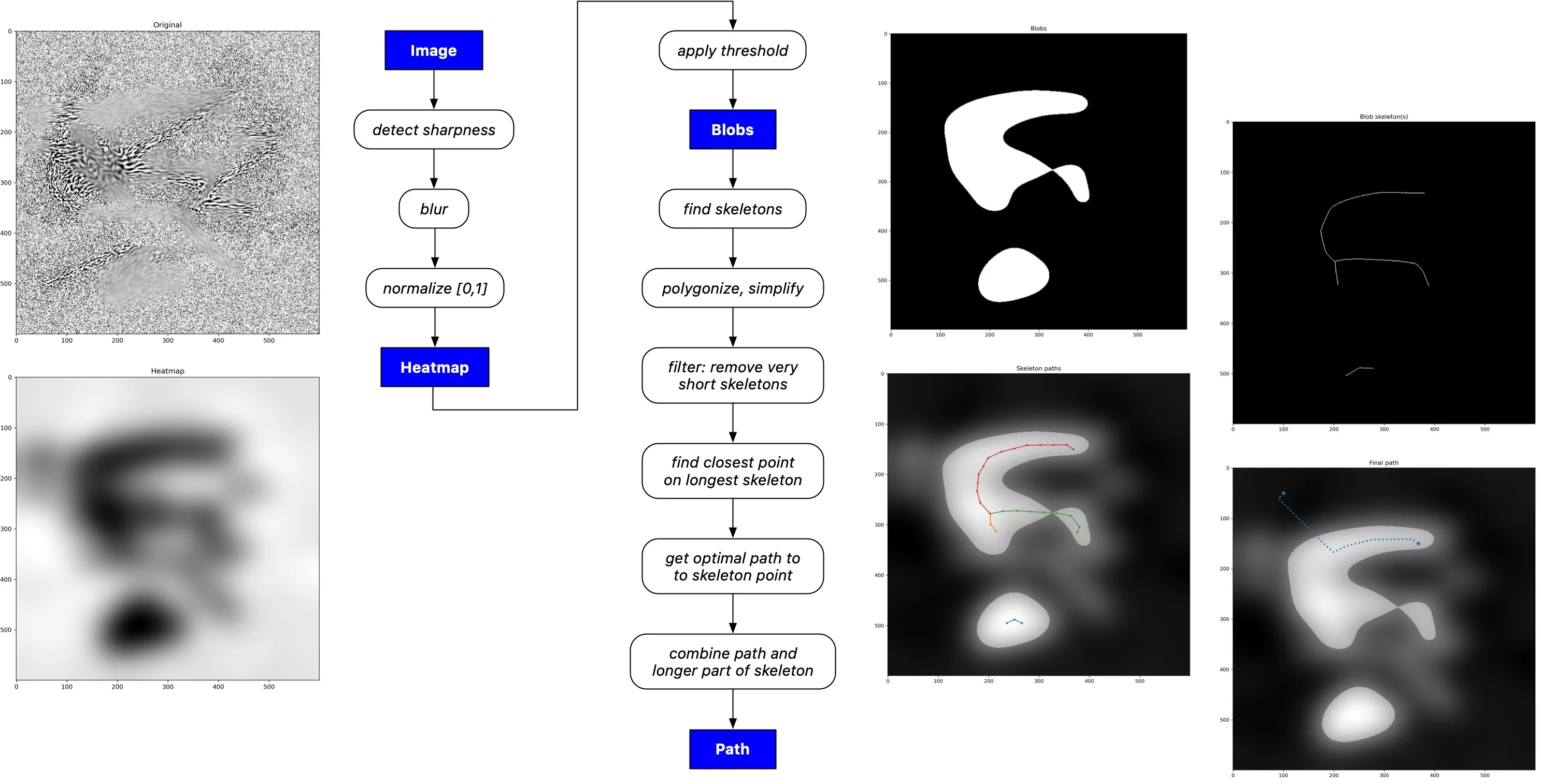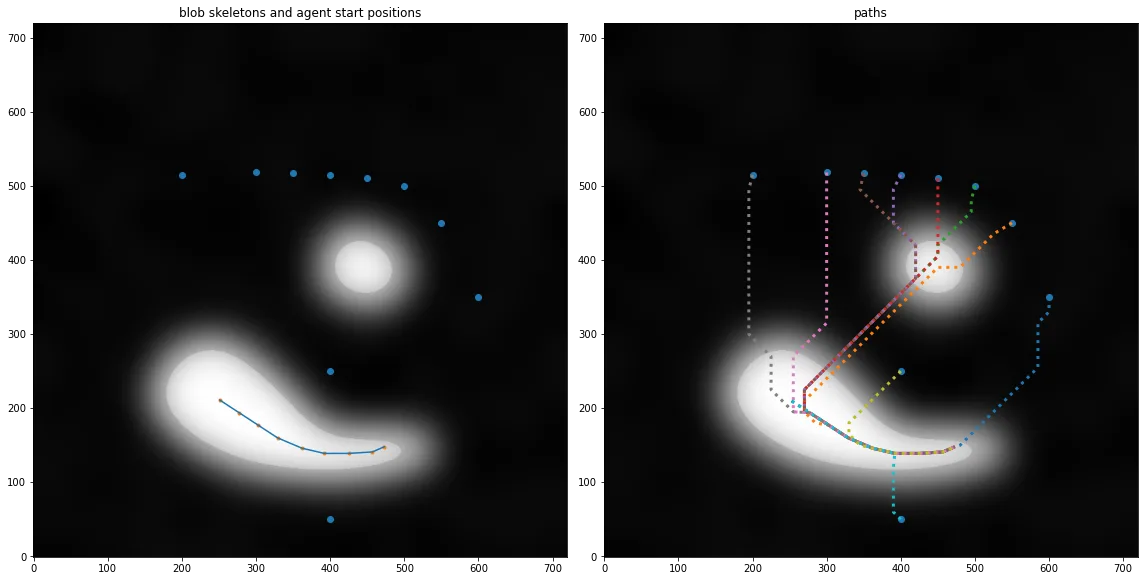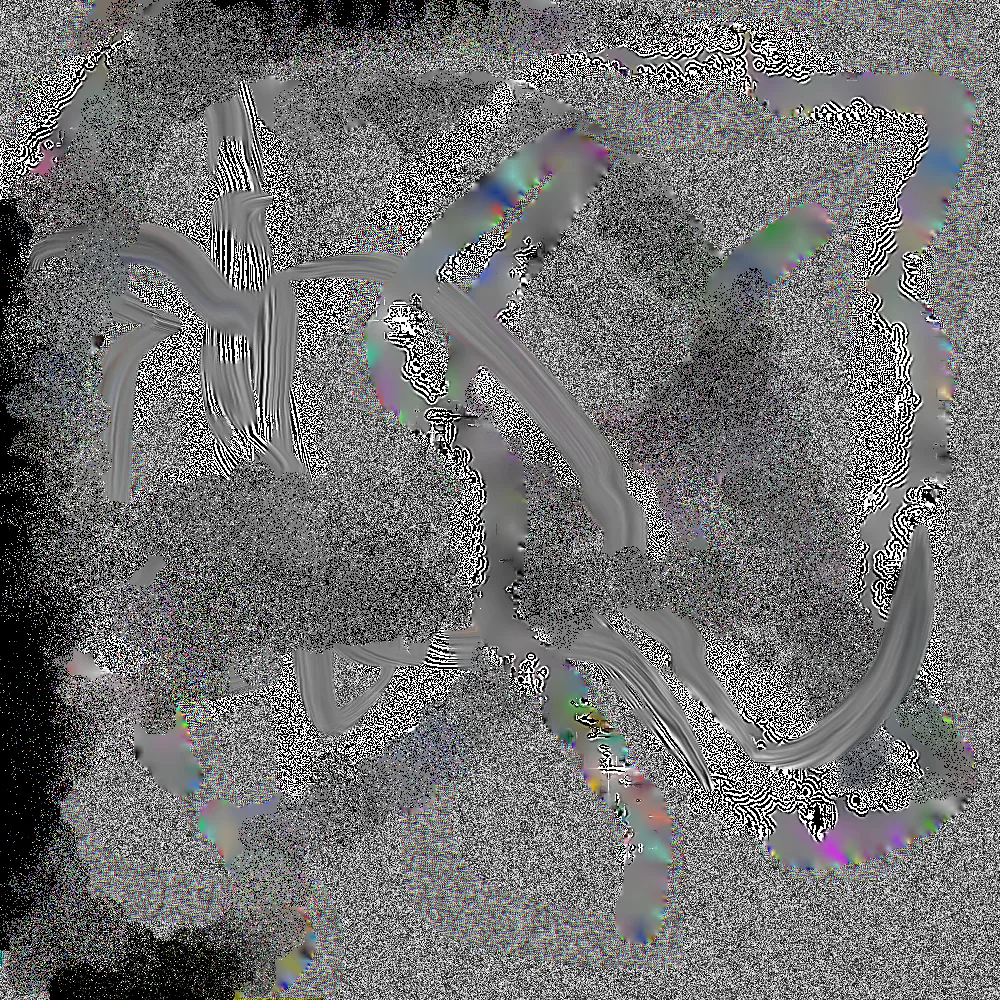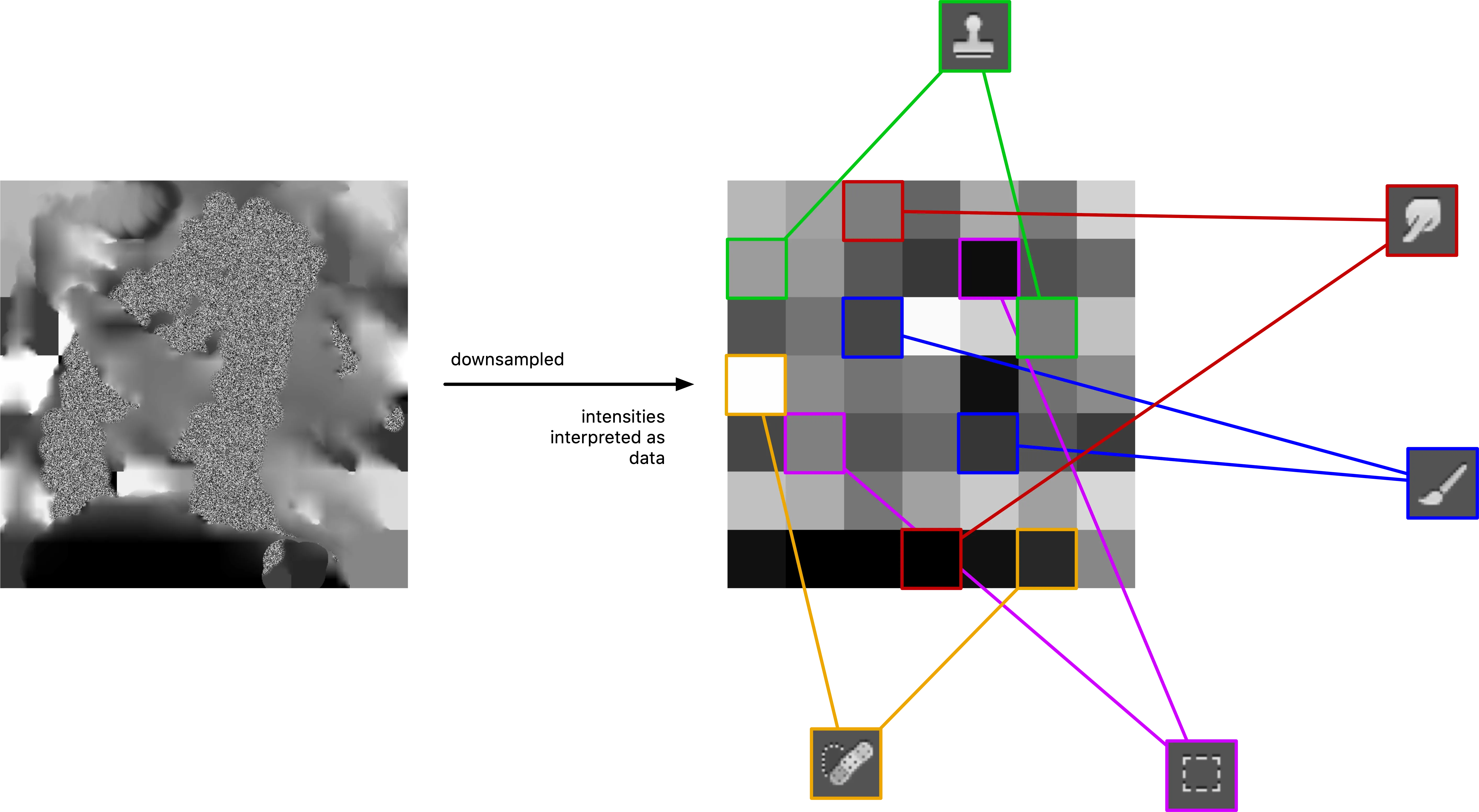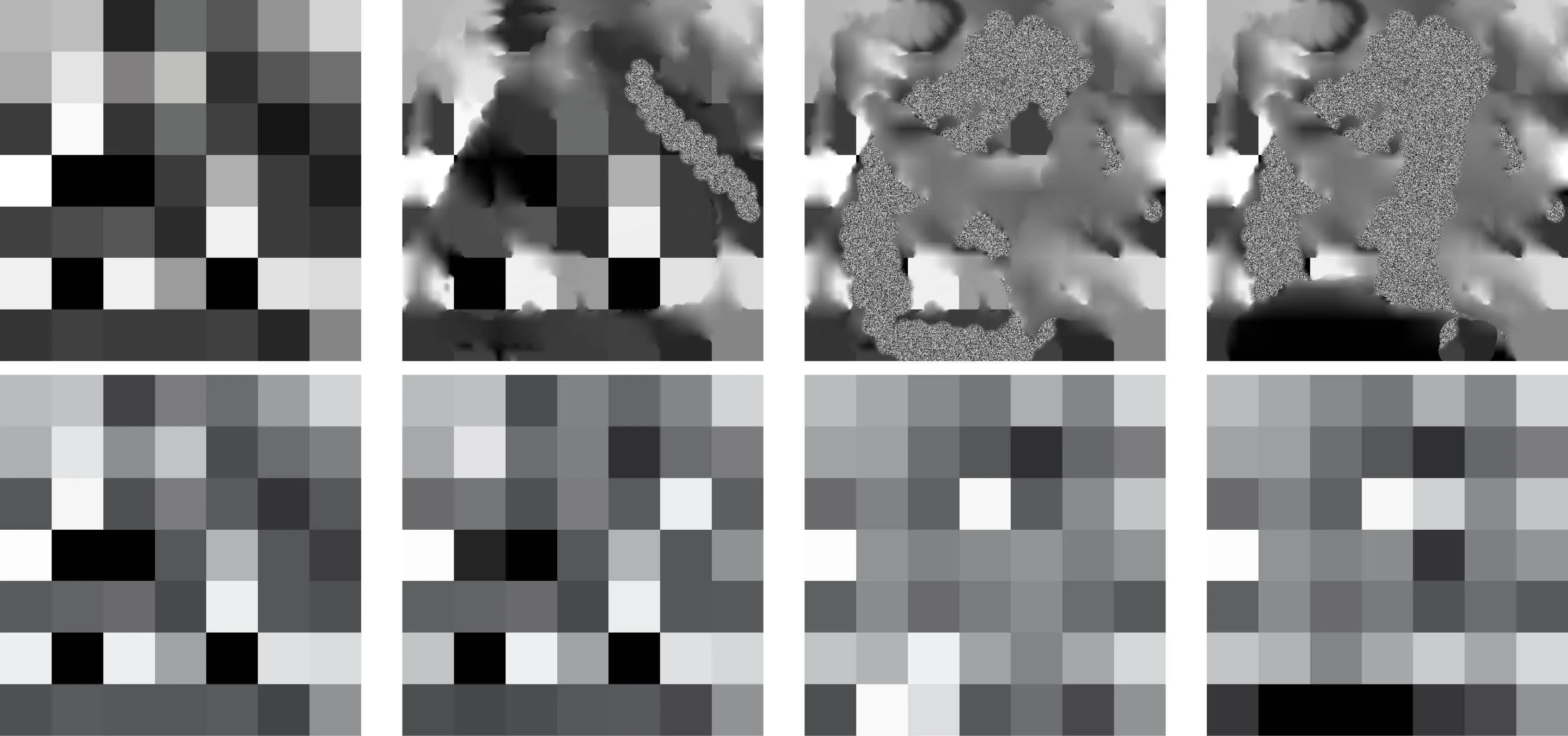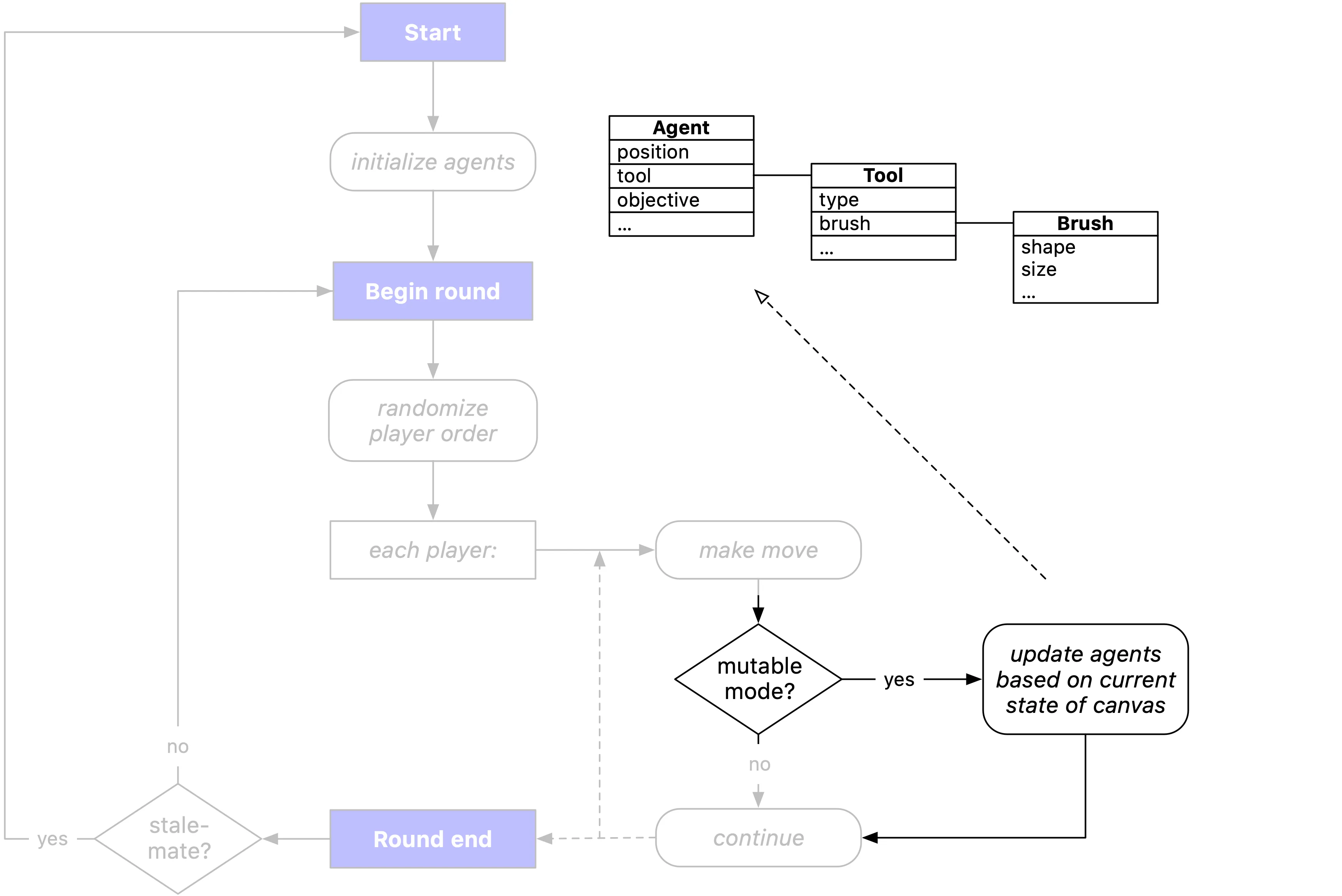All projects
Arts & Culture
Design tool for generating typographic posters and animations
Arts & Culture
Interactive timeline exhibit for a city archive
Art
Generative audio-visual artwork that fuses color and motion of multiple videos
Arts & Culture
Interactive archive of the activities of a Master’s programme
Art
Generative animations based on continuous application of a filter kernel
Arts & Culture
Data analysis and visualizations of one year worth of photos
Public Interest
User-driven online propaganda tool on the topic of net neutrality
Applied
Tools for analyzing, visualizing, and comparing formal characteristics of movies
Applied
Finding interesting configurations for a generative artwork through data analysis
Commercial
Type foundry website with integrated online store
Experiment
Increasing the chances of finding mushrooms through geospatial data analysis
Arts & Culture
macOS screensaver for collectors of Orb (lite) NFTs by Harm van den Dorpel
Arts & Culture
Web3 site for minting NFTs continuously generated by a live art installation
Commercial
Website that lets users virtually place the product into their physical surroundings
Art
0..1
Self-playing simulation game using the language and mechanics of image editing
Applied
Finger tracking tool
Experiment
Simulating blobs of fluids with particles
Experiment
Force-based simulation of bands of particles
Experiment
Modified JPEG encoder for generating glitchy image effects
Art
A website that keeps eye contact
Art
A website that is all its past versions
Art
A website that lets you leave something behind for the next visitor
Art
A website that is just its analytics report
Commercial
Point-of-sale software for opticians to help customers choose the right lenses
Experiment
Mapping line drawings onto street networks
Commercial
Bespoke website for the release of the Logical typeface by Edgar Walthert
Misc
Proof-of-concept for an alternative, more powerful Are.na client
Experiment
GPS trace replay tool
Misc
Browser extension that collects texts of how designers describe themselves
Arts & Culture
Interactive animation for a music festival announcement page
Commercial
Website for a graphic design studio
Arts & Culture
Independent music publishing and streaming platform
Arts & Culture
Parametric typeface generator tool as part of a visual identity system
Public Interest
Graphical modelling tool for describing attack scenarios
Applied
Visualization showing how a text document got written and edited over time
Experiment
Experiments with movie image data
